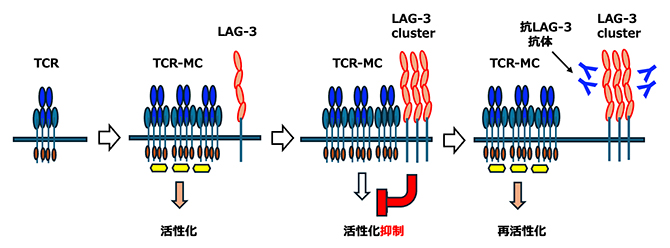2024-09-03 ペンシルベニア州立大学(PennState)
<関連情報>
- https://www.psu.edu/news/health-and-human-development/story/older-women-more-vulnerable-heat-their-male-peers-researchers/
- https://journals.physiology.org/doi/full/10.1152/ajpregu.00114.2024
中高年における暑熱ストレス脆弱性の性差(PSU HEAT Project) Sex differences in heat stress vulnerability among middle-aged and older adults (PSU HEAT Project)
Olivia K. Leach,Rachel M. Cottle,…
American Journal of Physiology-Regulatory, Integrative and Comparative Physiology Published:26 Aug 2024
DOI:https://doi.org/10.1152/ajpregu.00114.2024

Abstract
Individuals over the age of 65 yr are the most vulnerable population during severe environmental heat events, experiencing worse health outcomes than any other age cohort. The risk is greater in older women than in age-matched men; however, whether that reflects a greater susceptibility to heat in women, or simply population sex proportionality, is unclear. Seventy-two participants (29 M/43 F) aged 40–92 yr were exposed to progressive heat stress at a metabolic rate designed to reflect activities of daily living. Experiments were conducted in both hot-dry (HD; up to 53°C; ≤25% rh) and warm-humid (WH; ∼35°C; ≥50% rh) environments. After critical limits were determined for each condition, forward stepwise multiple linear regression analyses were conducted with net metabolic rate (Mnet) and age entered into the model first, followed by sex, body mass (mb), maximal oxygen consumption (V̇o2max), body surface area, and LDL cholesterol. After accounting for Mnet and age, sex further improved the regression model in the HD environment (2adj<?XML:NAMESPACE PREFIX = “[default] http://www.w3.org/1998/Math/MathML” NS = “http://www.w3.org/1998/Math/MathML” />Radj2 = 0.34, P < 0.001) and the WH environment (2adjRadj2 = 0.36, P < 0.005). Sex explained ∼15% of the variance in critical environmental limits in HD conditions and 12% in WH conditions. Heat compensability curves were shifted leftward for older women, indicating age- and sex-dependent heat vulnerability compared with middle-aged women and older men in WH (P = 0.007, P = 0.03) and HD (P = 0.001, P = 0.01) environments. This reflects the heterogeneity of thermal-balance thresholds associated with aging relative to those seen in young adults and suggests that older females are more vulnerable than their age-matched male counterparts.

